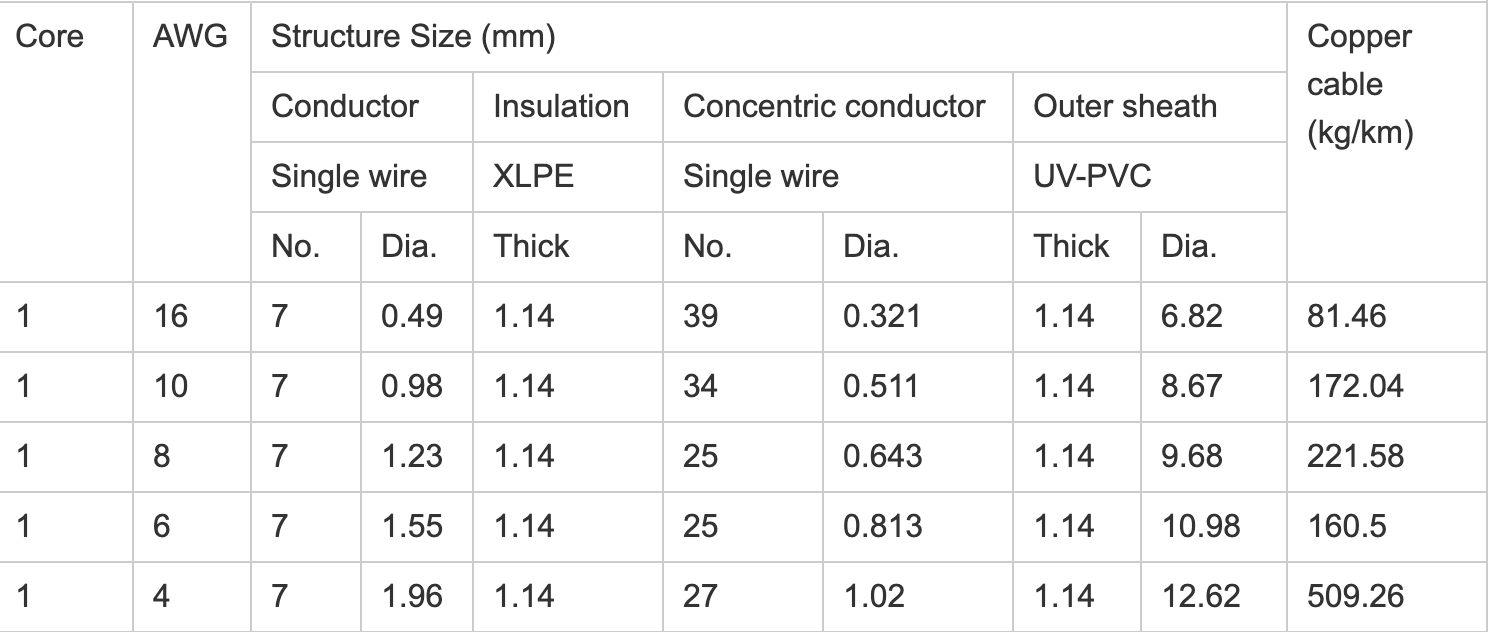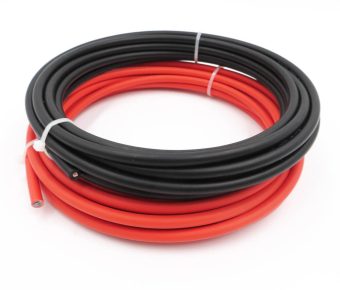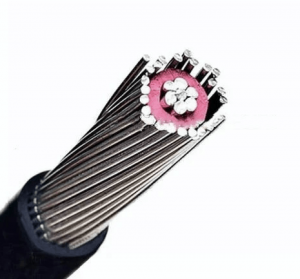- Leading Cable and Wire Manufacturer-ZW
- concentric cable
concentric cable
- GB and IEC Standard
- XLPE and PVC
- Aluminum Conductor
- 0.6/1kV
what is a concentric cable?
Concentric Cables are used for power supplies with protective multiple grounding systems where protective earth (PE) and neutral (N) connect the combined neutral and ground to the actual ground in multiple locations to reduce the risk of electric shock in the event of a pen break. The market for concentric electric cable is a niche, with only a few cable manufacturer can produce cable. Although this order is few when you receive an order, it will be a big order.
what is split concentric cable?
Split Concentric cables can be used when the power supply has separate PE and N conductors and is only combined as a pen near the power supply. After the building entry point, the protective earth and neutral are not connected。
concentric cable definition
1. Has a lower and uniform positive (reverse) sequence and zero sequence impedance, conducive to improving the power supply quality.
2, concentric layer conductor than the fourth core of ordinary four-core cable in the zero-sequence working state of the reactance value is much lower, conducive to short-circuit automatic protection device sensitive action ensure the safe operation of cable-related equipment.
3, with strong anti-electromagnetic interference performance and lightning strike resistance.
4, five-core concentric electric cable is suitable for three-phase five-wire power distribution system
concentric cable characteristics
1, the highest long-term allowable working temperature of the conductor: 70℃ for PVC insulation and 90℃ for cross-linked polyethylene insulation.
2、 When the cable is short-circuited (the most prolonged duration does not exceed 5S), the conductor’s maximum temperature shall not exceed: 160 for PVC insulation and 250 for cross-linked polyethylene insulation.
3、 The environment should not be lower than 0℃ when laying.
4、 The cable’s allowable bending radius is not less than 20 times the cable’s outer diameter for single-core cable and not less than 15 times the cable’s outer diameter for multi-core cable.





